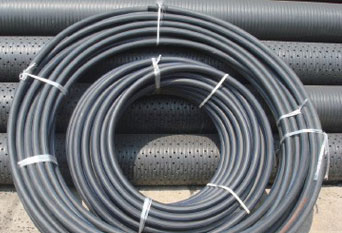How is high density HDPE pipe formed? As the HDPE Dredging Pipe Manufacturer, let me tell you the answer today. HDPE is a thermoplastic polyolefin formed by copolymerization of ethylene. Although HDPE was introduced in 1956, the plastic has not yet reached maturity. This versatile material is constantly developing its new uses and markets.
HDPE is a highly crystalline, non-polar thermoplastic resin. PE has excellent resistance to most living and industrial chemicals. Certain types of chemicals can cause chemical corrosion, such as corrosive oxidants, aromatic hydrocarbons and halogenated hydrocarbons. The polymer is non-hygroscopic and has good water vapor resistance and can be used for packaging purposes. HDPE has excellent electrical properties, especially high dielectric strength, making it suitable for wire and cable. Medium to high molecular weight grades have excellent impact resistance, both at ambient temperatures and even at low temperatures of -40°.
The unique characteristics of various grades of HDPE are the appropriate combination of four basic variables: density, molecular weight, molecular weight distribution, and additives. Different catalysts are used to produce custom specialty polymer. These variables combine to produce HDPE grades for different applications; balance in performance.
If you want to know more about HDPE Pipe, recent developments such as electrofusion HDPE Pipe, Hdpe Geothermal Pipe, etc., can keep an eye on the updates of our website content.
